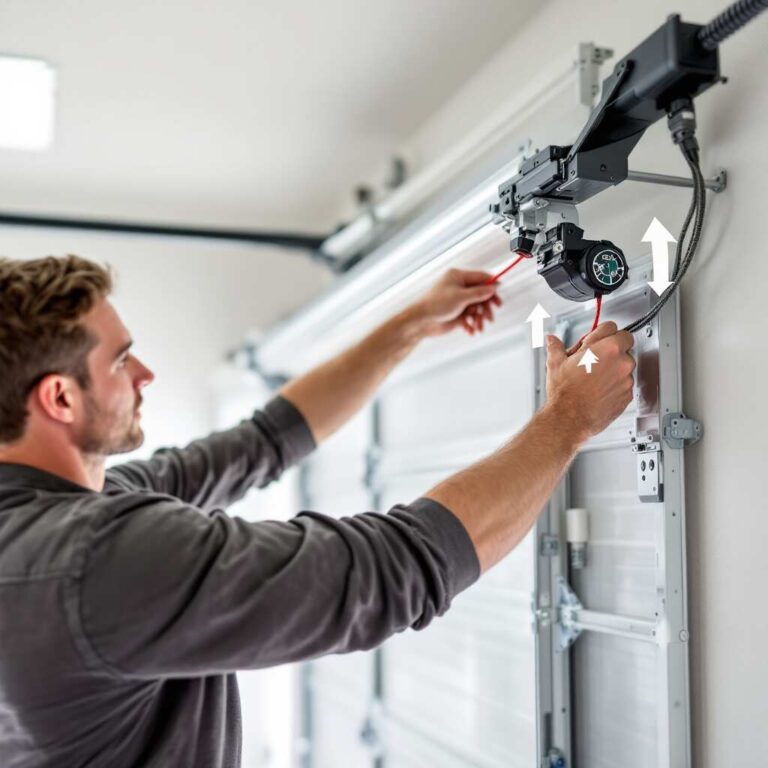Losing your roller garage door access can be frustrating, especially if you don’t have a spare key or the automatic opener malfunctions. Whether it’s due to a power outage, a broken remote, or misplaced keys, manually knowing how to open a roller home garage door is essential.
Understanding Roller Home Garage Doors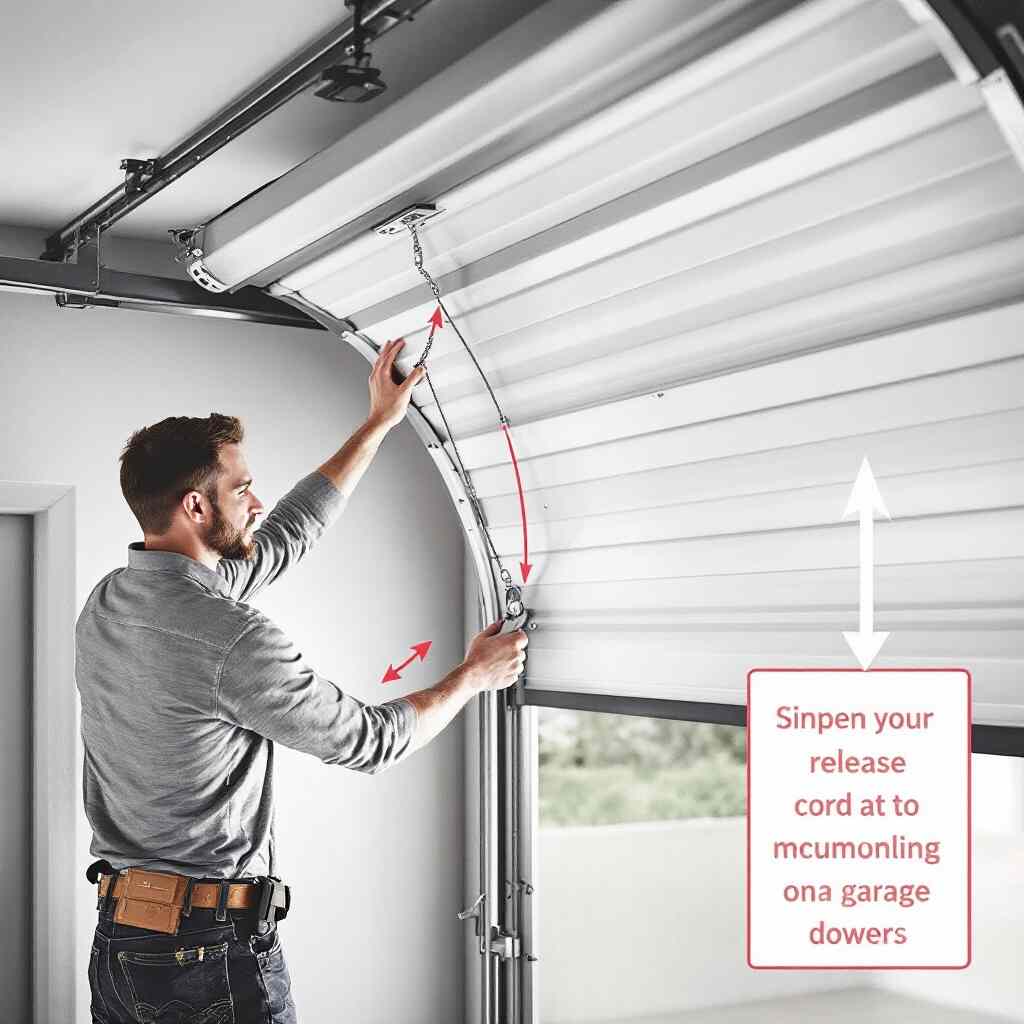
To successfully handle your garage door during emergencies, it’s helpful to understand how roller garage doors work and why manual access may sometimes be necessary.
What Is a Roller Garage Door?
A roller garage door is made from a series of horizontal slats that roll up into a drum or barrel above the opening. Unlike traditional garage doors, which swing out or slide, roller doors operate vertically, making them space-efficient for modern homes.
Common features of roller garage doors include:
- Electric openers: Most roller garage doors are conveniently equipped with motorised systems.
- Emergency release mechanisms allow for manual operation if the automatic opener fails.
- Compact design: The slats roll up tightly, leaving additional overhead space.
Why Manual Access Is Sometimes Needed
There are several situations where you might need to manually open your roller garage door:
- Power outages: Automatic openers rely on electricity, so a power cut can leave you unable to open the door.
- Mechanical failures: Issues like broken remotes, dead batteries, or damaged openers can prevent normal operation.
- Lost or broken keys: Manual operation becomes necessary if a key is required for external access and you’ve misplaced it.
Understanding these scenarios will prepare you to take the right steps when an emergency strikes.
Safety First Precautions Before You Start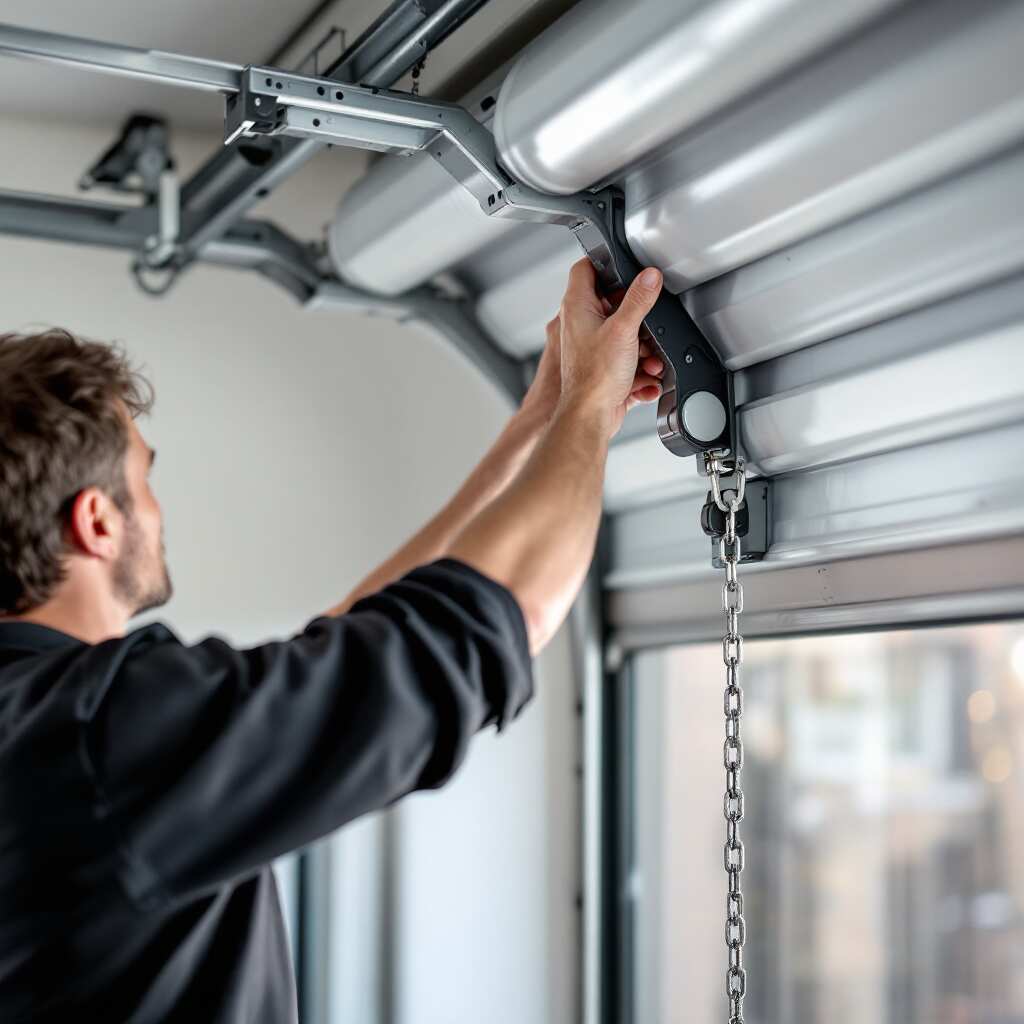
Before attempting to manually open your garage door, it’s essential to prioritize safety. Garage doors are heavy and operate under high tension, so taking precautions can prevent accidents.
Assess the Situation
Start by evaluating the condition of your garage door:
- Is the door fully closed, partially open, or jammed?
- Check for any visible damage to the tracks, springs, or cables.
Risks of Manual Operation
Manually releasing and lifting a garage door carries certain risks:
- Disengaging the opener when the door is open can cause the door to crash suddenly, creating a safety hazard.
- Broken springs or cables may cause the door to feel excessively heavy or fall unexpectedly.
When to Call a Professional
If you notice any of the following, it’s best to stop and call a qualified technician:
- The door feels too heavy to lift or is stuck.
- There are signs of broken springs, cables, or other hardware.
- You’re unsure about how to proceed safely.
Tools and Materials You May Need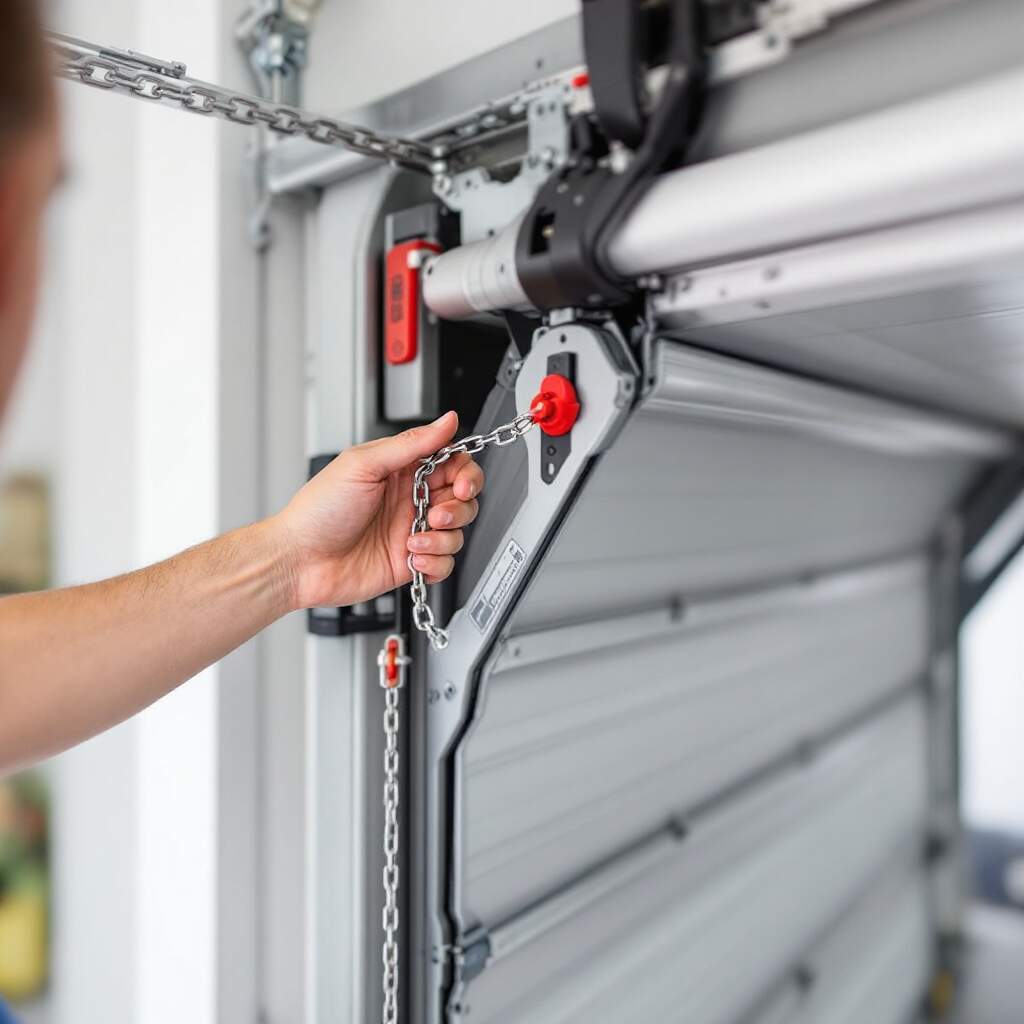
While most roller garage doors are designed for manual operation without specialized tools, having some basic items on hand can make the process smoother and safer.
Suggested Tools:
- Flashlight (for visibility in dark areas).
- Gloves (to protect your hands from sharp edges).
- Sturdy shoes (for proper footing).
- Optional: ladder (if the emergency release cord is out of reach) and a helper (for heavier doors).
Gathering these items before starting will make you better prepared to handle the task efficiently.
Step-by-Step Guide – How to Manually Open a Roller Home Garage Door Without a Key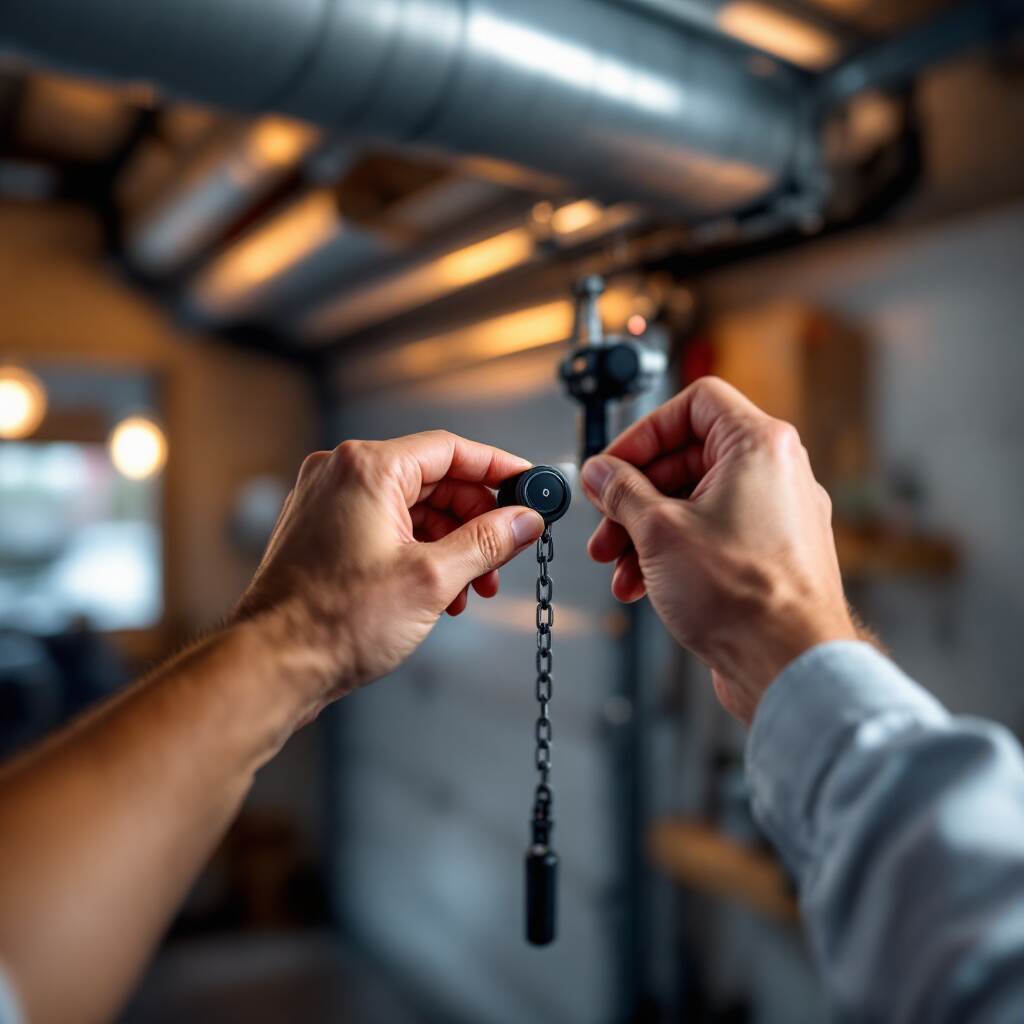
In this section, we’ll cover two primary scenarios: opening the door inside the garage and outside when you’re locked out.
From Inside the Garage
- Unlock Any Manual Locks
- Ensure all locks, latches, or bolts securing the door are disengaged. These are often located on the sides or bottom of the door.
- Locate the Emergency Release Cord
- Look for a red cord or handle hanging from the garage door opener’s track. This cord is the emergency release mechanism.
- Disengage the Opener
- Pull the cord straight down until you hear a click. This action disconnects the door from the opener, allowing you to operate it manually.
- Lift the Door Manually
- Using both hands, lift the door from the bottom. Keep your back straight, and use your legs for support. If the door feels stuck or too heavy, stop and inspect for issues like jammed tracks.
- Secure the Door in the Open Position
- If you need to keep the door open, use a prop or clamp to hold it securely. Avoid standing directly under the door.
- Closing and Re-engaging the Opener
- Lower the door gently to avoid damage. Pull the emergency release cord toward the door to reconnect the opener until it clicks back into place. Test the opener by pressing the remote or wall button.
From Outside the Garage (If Locked Out)
- Check for an Emergency Release Kit
- Some roller garage doors have an external emergency release lock, which looks like a small keyhole near the top.
- Unlock the Emergency Release
- Insert the key into the lock, turn it, and pull out the release cable. This action disconnects the opener and allows for manual operation.
- Manually Lift the Door
- Grab the handle at the bottom of the door and lift it straight up. Be cautious if the door feels heavy or unstable.
- Re-lock and Secure the Door
- Once finished, use the key to re-lock the emergency release mechanism. Reconnect the opener when power is restored.
Troubleshooting Common Issues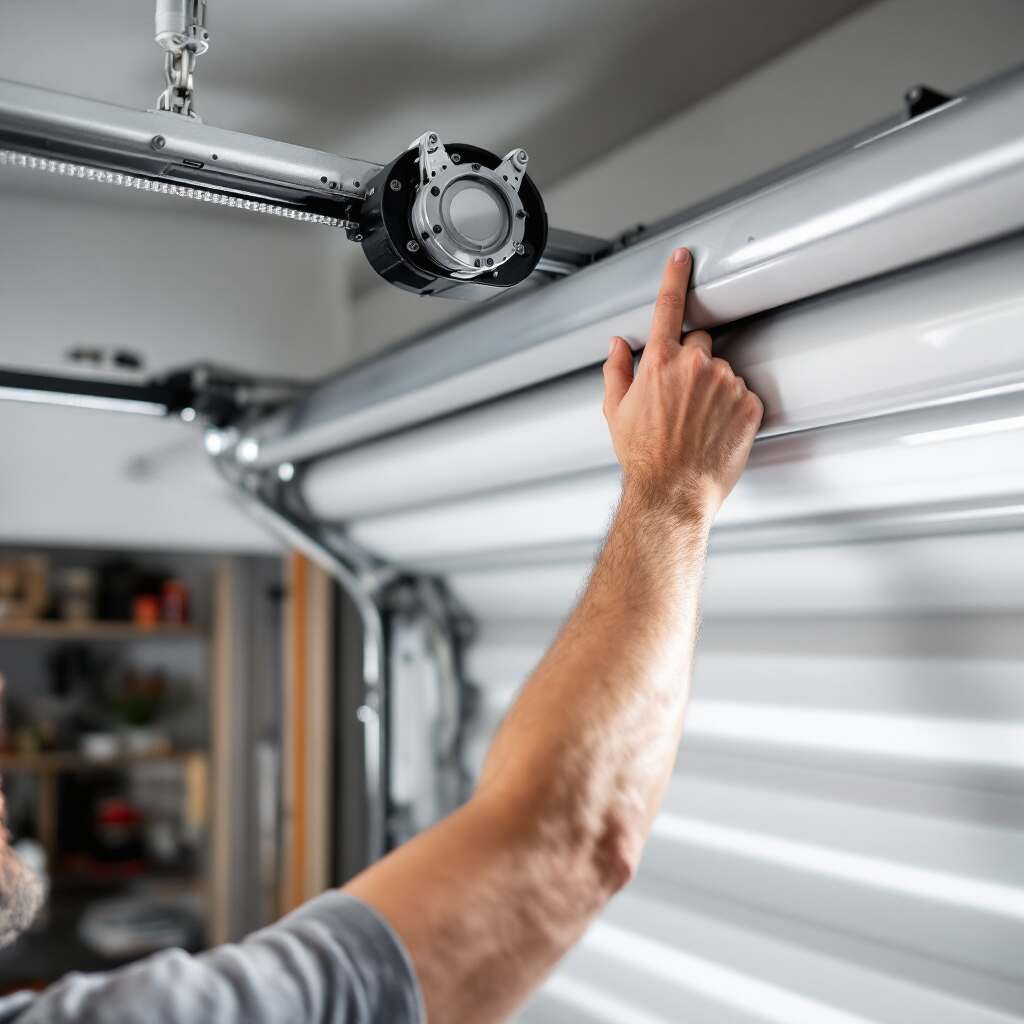
Even after following the steps, you might encounter some challenges. Here’s how to handle them:
The Door Won’t Lift After Disengaging the Opener
- Possible causes: Broken springs, jammed tracks, or locked latches.
- Solution: Inspect the door for damage and call a professional if needed.
The Door Slams Shut or Feels Too Heavy
- Explanation: This usually indicates a spring tension issue.
- Warning: Do not attempt to fix springs yourself, as they are under high tension and can cause injury.
The Opener Won’t Re-Engage
- Steps to fix: Pull the release cord toward the door to reset the trolley. If this doesn’t work, consult your door’s manual or call a technician.
Preventative Tips and Maintenance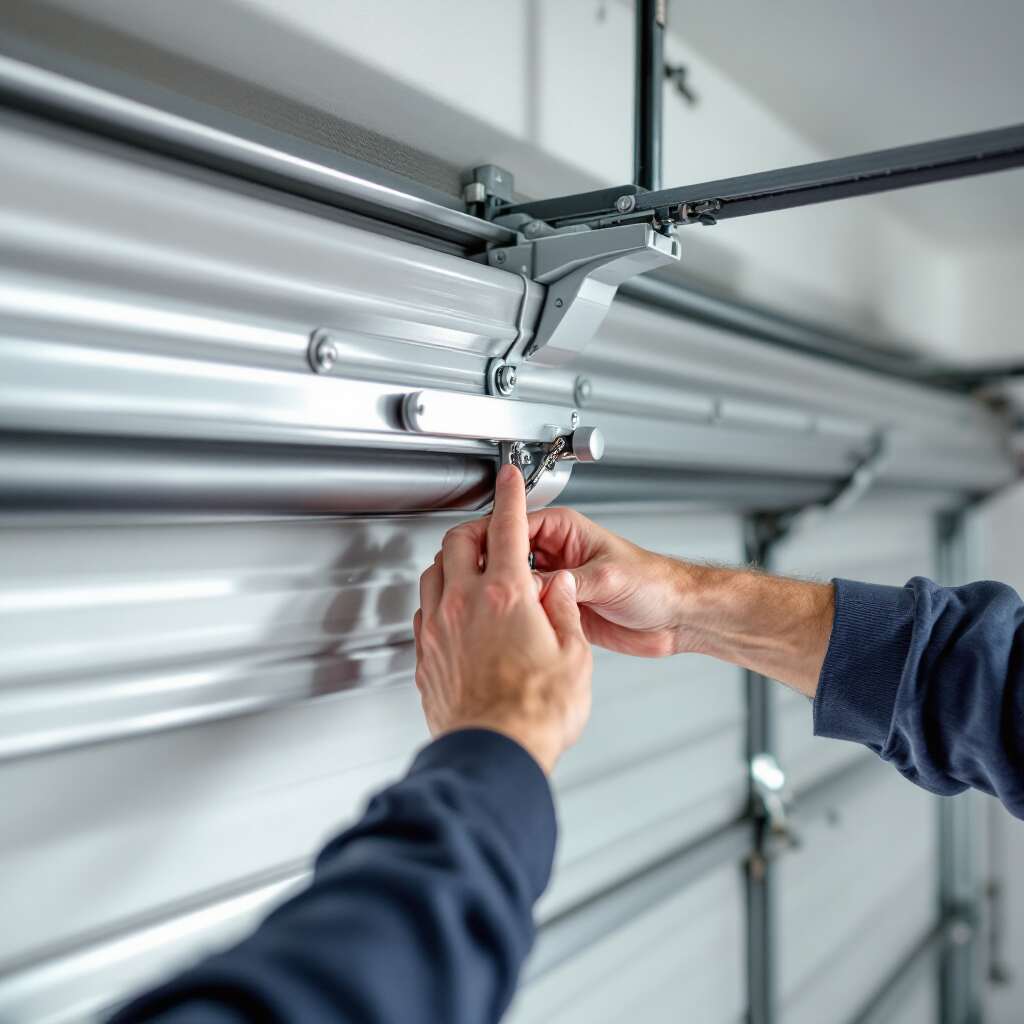
Routine maintenance ensures your garage door operates reliably and reduces the likelihood of emergencies.
Regularly Test the Manual Release
- Test the emergency release cord at least once a year to ensure it works properly.
Keep the Mechanism Lubricated and Clean
- Apply lubricant to the tracks, rollers, and hinges for smooth operation.
Install an External Emergency Release Kit
- If your door doesn’t have one, consider installing an external release for added convenience during power outages.
Schedule Professional Servicing
- Hire a technician for annual inspections to identify and fix potential issues early.
You may also read (garage to my house)

